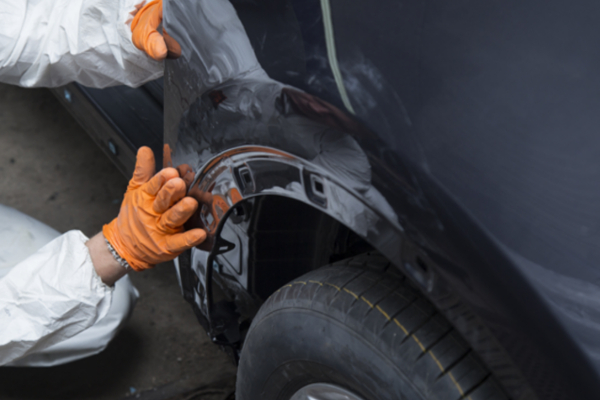In the aftermath of an automobile accident, navigating the collision repair process can be daunting. From the initial damage assessment to the final touch-up, each step is crucial for restoring a vehicle to its pre-accident condition. This article provides a detailed overview of the collision repair process, ensuring vehicle owners understand what to expect throughout the repair journey.
1. Damage Assessment and Estimation
Initial Inspection
The collision repair process begins with a comprehensive damage assessment. Upon arriving at a collision repair facility, a trained estimator examines the vehicle to identify visible and hidden damages. This initial inspection involves a thorough evaluation of both the exterior and interior of the vehicle, assessing structural components, mechanical parts, and any other areas potentially affected by the collision.
Creating an Estimate
Following the assessment, the repair facility generates a detailed estimate outlining the necessary repairs and associated costs. This estimate includes parts, labor, and any additional expenses required to restore the vehicle. Modern collision repair shops often use advanced software to generate accurate and itemized estimates, ensuring transparency and precision in the repair process.
2. Disassembly and Inspection
Disassembly
Once the estimate is approved, the next phase involves disassembling the damaged sections of the vehicle. This step is crucial for gaining access to internal components that may have been affected by the collision but are not visible during the initial inspection. Disassembly allows technicians to uncover underlying issues that could impact the repair process and vehicle safety.
Further Inspection
During disassembly, technicians conduct a more in-depth inspection to identify any additional damages. This thorough examination ensures that all necessary repairs are accounted for and helps prevent potential issues that could arise after reassembly. If new damages are discovered, the repair facility will update the estimate and communicate any changes to the vehicle owner and insurance company.
3. Structural Repairs
Frame Straightening
In cases where the vehicle’s frame has been compromised, structural repairs are essential. Frame straightening involves using specialized equipment to return the frame to its original specifications. This process is crucial for maintaining the vehicle’s safety and performance, as a misaligned frame can affect driving dynamics and overall vehicle integrity.
Replacing Damaged Parts
If the collision has caused significant damage to structural components, parts replacement may be necessary. This step involves removing and replacing damaged panels, bumpers, and other structural elements with new or OEM (Original Equipment Manufacturer) parts. Ensuring that replacements meet manufacturer standards is vital for restoring the vehicle’s safety and functionality.
4. Body Repairs and Refinishing
Body Work
With structural repairs completed, the focus shifts to bodywork. This stage involves repairing dents, scratches, and other cosmetic damages. Skilled technicians use various techniques, such as dent pulling and panel beating, to restore the vehicle’s body to its original shape. Attention to detail is crucial during this phase to ensure a seamless and visually appealing result.
Painting and Refinishing
Following body repairs, the vehicle undergoes painting and refinishing. This process includes sanding, priming, and applying paint to match the vehicle’s original color. Advanced color-matching technology ensures that the new paint blends perfectly with the existing finish. After painting, the vehicle is baked in a curing oven to ensure the paint adheres properly and achieves a durable, glossy finish.
5. Reassembly and Final Touch-Up
Reassembly
Once painting is complete, the vehicle is reassembled. This step involves reattaching previously removed parts, such as panels, bumpers, and trim. Technicians carefully reassemble the vehicle, ensuring all components fit correctly and function as intended. Proper reassembly is crucial for maintaining the vehicle’s safety features and overall performance.
Final Touch-Up and Quality Check
The final stage of the collision repair process involves a thorough quality check and touch-up. Technicians inspect the vehicle for any imperfections or inconsistencies in the paint or bodywork. Any minor blemishes or defects are addressed, ensuring the vehicle meets the highest standards of quality. Additionally, a test drive may be conducted to verify that all systems are functioning correctly and that the vehicle handles properly.
Conclusion
Understanding the collision repair process from damage assessment to final touch-up can help vehicle owners feel more confident and informed when navigating the repair journey. Each stage, from the initial inspection to the final quality check, plays a crucial role in ensuring that the vehicle is restored to its pre-accident condition. By being knowledgeable about the process, vehicle owners can better manage their expectations and work closely with collision repair professionals to achieve a successful repair outcome.



